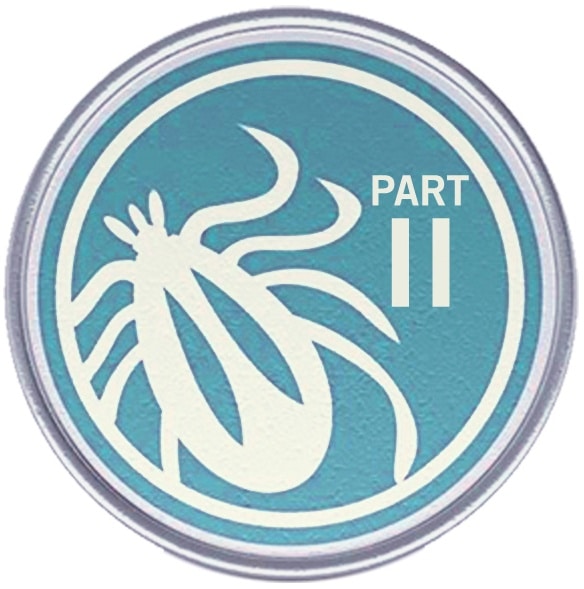National Lyme Disease Awareness Month — Part Two: Symptoms

Last week, in Part One in our four-part series on National Lyme Disease Awareness Month, we introduced Lyme borreliosis (aka, Lyme disease) and told you about the steps you can take to prevent contracting the most common tick-borne diseases in the United States. In today’s post, the second in the series, we cover the possible indications of Lyme disease and what you can do starting right now to be aware its symptoms.
As a recap, Lyme disease is an infection caused by certain bacteria (typically Borrelia burgdorferi or Borrelia mayonii in the U.S. and Borrelia afzelii and Borrelia garinii in Europe and Asia), typically transmitted to humans through a bite from an infected deer tick (also referred to as a black-legged tick). Symptoms usually occur from three to 30 days after the bite and can be wide-ranging, depending on the stage of the infection.
In some cases, symptoms appear months after the bite and can persist for years (in the case of chronic Lyme disease). In 2018, 33,666 cases of Lyme disease were reported in the United States, although the Center for Disease Control (CDC) estimates that as many as 300,000 cases of Lyme infection occur each year.
Remain Vigilant for Symptoms
Ticks that have the bacteria that cause Lyme disease can be as small as a poppy seed, and their bite it painless, so a tick can be feeding on you for days or weeks before you notice it, if you ever do. (Fewer than 30 percent of patients in the U.S. who are treated for Lyme disease recall being bitten.)
Remain vigilant for any symptoms, so you can get tested and treated (if necessary) as soon as possible after being bitten. (Editor’s Note: Check back next week for vital information on exactly what to do if you’ve been bitten by a tick. Pro tip — keep the tick, which we’ll also cover in next week’s post!)
Early symptoms include the following:
- Bull’s eye rash, which is red or dark pink near the center where the tick bite occurred fading to a light pink around the edges (fewer than 20 percent of people who develop Lyme disease report having this classic symptom)
- Fever
- Headache
- Fatigue
- Muscle and joint pain
- Numbness or tingling (in some cases)
The classic sign of early local infection with Lyme disease is a circular, outwardly expanding rash called erythema migrans (EM) rash, which may occur at the site of the tick bite within three to 30 days after the bite. As mentioned in the first bullet above, the textbook presentation of the EM rash appears as a bull’s eye. Unfortunately, the EM rash is absent in more than 50 percent of Lyme disease cases, causing many physicians to dismiss an early Lyme diagnosis.
Except for the rash, symptoms are often described as “summertime flu” and can easily be confused with COVID-19 symptoms. In children, symptoms can be even more subtle — struggling at school, not feeling like playing, irritability, difficulty concentrating. These symptoms are often dismissed as “growing pains” or misdiagnosed as an attention deficit disorder.
When the infection spreads past the skin, it can affect any system of the body, causing numerous and diverse symptoms including these:
- Anxiety, depression, irritability, psychosis, and other psychiatric symptoms
- Arthritis
- Fatigue
- Impaired thinking, memory, language, and math skills
- Headaches/confusion/brain fog
- Heart problems
- Muscle pain
- Nerve pain and weakness
- Numbness
- Vision and hearing problems
- Poor sleep
As you can see, Lyme disease presents itself in myriad ways, and is often and easily misdiagnosed, which is why it often becomes a chronic condition. Known as the “Great Imitator,” Lyme has been known to mimic conditions such as:
- Amyotrophic lateral sclerosis (ALS)
- Attention deficit disorder
- Autism
- Chronic fatigue syndrome
- Crohn’s disease n Dementia
- Encephalitis
- Fibromyalgia
- Interstitial cystitis
- Irritable bowel syndrome
- Juvenile arthritis
- Lupus
- Meningitis
- Migratory joint/muscle pain
- Motor neuron disease
- Multiple sclerosis
- Pain that migrates or that increases during a woman’s menstrual cycle
- Parkinson’s disease
- Psychiatric disorders (depression, bipolar, OCD, etc.)
- Raynaud’s syndrome
- Rheumatoid arthritis
- Scleroderma
- Sjögren’s syndrome
- Sleep disorders
- Stiffness in the neck and back
- Thyroid disorders
Ultimately, Lyme can be very difficult to diagnose. Many of our patients have received false negative test results and have seen countless doctors before coming to Restoration Healthcare. Armed with our intimate knowledge of how to identify and treat Lyme disease, combined with specialized and specific testing, both symptoms and test results can be used to arrive at an accurate diagnosis and develop a personalized treatment plan.
Check back next week for Part Three in this series about Lyme disease — What to do if You’ve Been Bitten by a Tick. Part Four, which will publish the week after next, covers Preventing Acute Lyme Disease from Turning into Chronic Lyme Disease.


